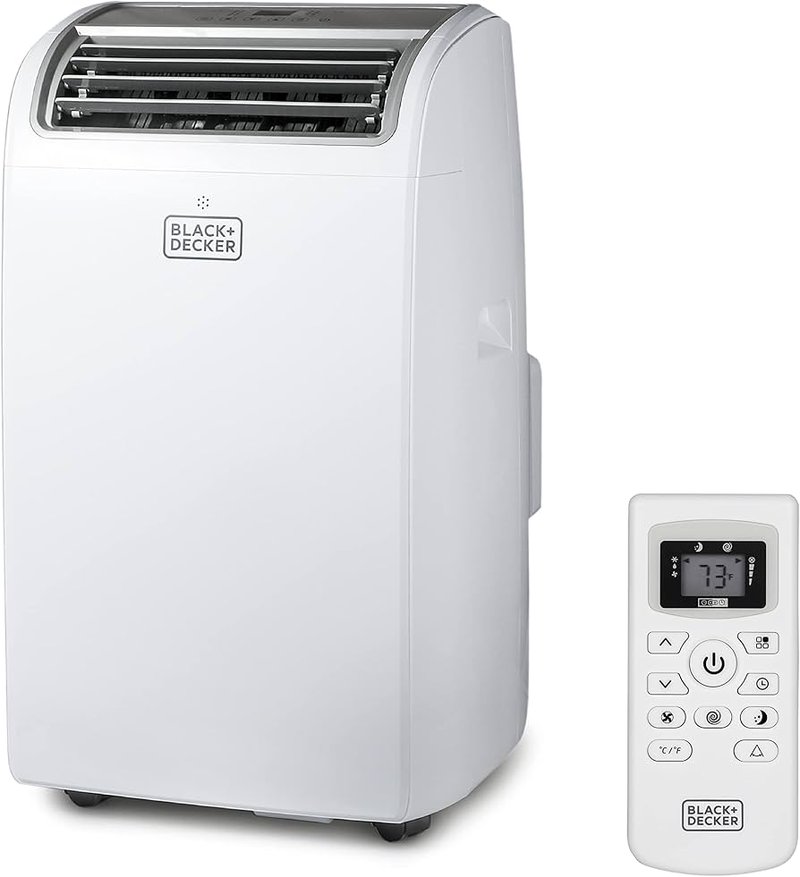
Here’s the deal: modern air conditioners, like those from GE, are pretty smart. They’re equipped with the ability to self-diagnose and alert you via error codes when something’s amiss. The “OE” error code is one such alert. It usually indicates an issue with the air flow or the drain system of the unit. Think of it like your car’s check engine light. Sure, you could ignore it and hope for the best, but that could lead to bigger issues later. It’s a nudge that something needs your attention, so let’s dive deeper and figure out what steps you should take next.
Understanding the OE Error Code
The OE error code is a signal from your air conditioner that there’s a problem with the drain system, specifically with water drainage or overflow. When your air conditioner cools the air, it also removes moisture. This moisture should ideally drain away from the unit, but if there’s a blockage or the system can’t handle the volume, it triggers the OE code. You might be wondering, “Why is water such a big deal?” Well, imagine if you left a dripping faucet unattended. Over time, it could lead to a flooded kitchen or bathroom. Similarly, ignoring the OE code could result in water damage or even affect the efficiency of your air conditioner.
There are a few potential causes for the OE code appearing. It could be as simple as a clogged drainage pipe or a more complex issue like a malfunctioning pump. Sometimes, debris or mold can build up in the drainage line, blocking the flow of water. This is like when leaves clog your home’s gutter, causing a backup of rainwater. The solution might be straightforward, like cleaning out the blockage, but it could also require replacing a faulty component.
Moreover, while ignoring this inconvenience might seem appealing, it’s important to realize that neglecting the issue could lead to higher repair costs down the line. Not only could the unit fail to cool your space adequately, but the accumulated water could also damage internal components. Thus, recognizing and addressing the OE code promptly can prevent these costly consequences.
Steps to Resolve the OE Error Code
To tackle the OE error code effectively, you’ll need to do a little detective work. First, confirm that the problem really lies in the drainage system, as that’s the most common area of concern. Start by inspecting the drainage line for any visible signs of blockage or kinks. Gently straighten any bends and clear any debris you find. It’s similar to clearing a clogged sink; if water can’t flow freely, it backs up, prompting an alarm.
If the drainage line looks clear, the next step is to check the drainage pump. This component is responsible for moving the water out of the unit. If it’s malfunctioning, it can cause water to accumulate and trigger the OE code. You might need to consult your unit’s manual or call in a professional to inspect and potentially replace the pump. It’s like when a sump pump in a basement fails; without it, water has nowhere to go.
After addressing any drainage line issues, ensure that your air conditioner is level. An uneven unit can cause water to accumulate in one area rather than draining correctly. Simply use a spirit level to check its balance. An air conditioner that tilts too much, like a wobbly table, can’t function properly and might keep giving error signals.
Preventing Future OE Error Codes
Once you’ve resolved the OE error code, you’ll want to prevent it from happening again. Regular maintenance is key here, just as you would perform routine checks on your car or go for a dental check-up. Start by scheduling a regular cleaning routine for your air conditioner’s filters and drainage lines. This will prevent clogs and ensure smooth operation.
It might also be helpful to install a water detection sensor near your unit. These sensors can alert you to any water leakage or overflow issues before they trigger an OE code. Think of them as a smoke alarm for water problems, giving you a heads-up before things get out of control.
In addition, consider having your air conditioner serviced by a professional annually. They can spot and fix potential issues that might not be immediately apparent, ensuring your unit runs efficiently and error-free. Much like having a mechanic tune-up your car, this kind of preventive care can save you money and stress in the long run.
Ultimately, while it’s tempting to ignore the OE error code, taking prompt action is the smarter choice. The steps you take today can prevent more significant issues tomorrow, ensuring your comfort and peace of mind. So, next time you see that flashing code, you’ll know exactly what to do and why it’s important to act quickly.